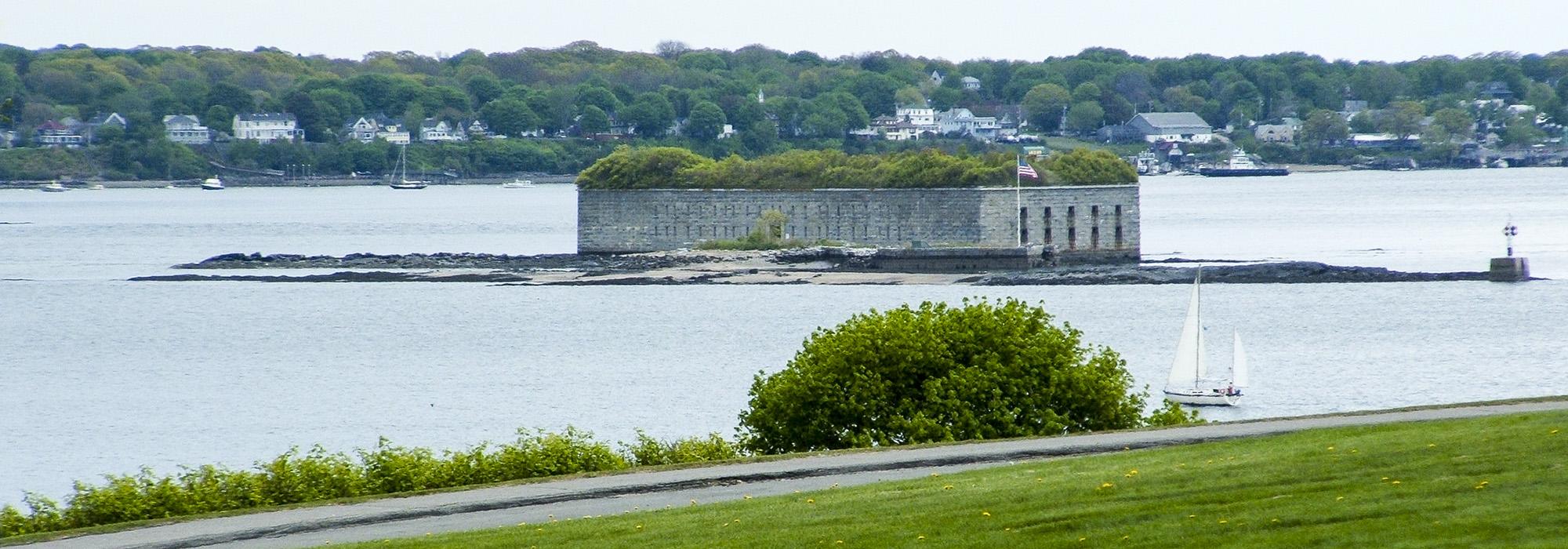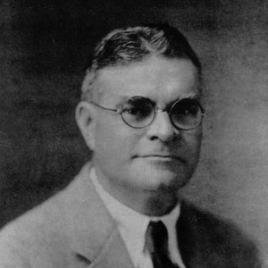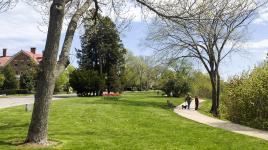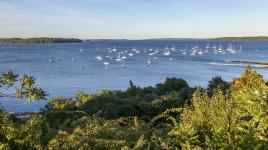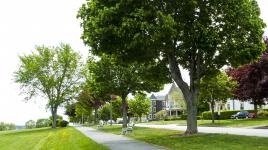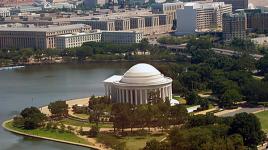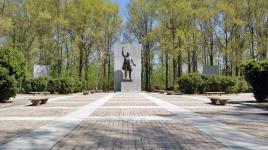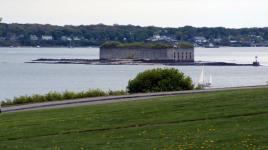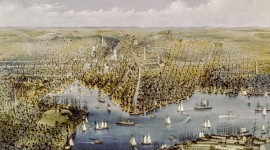Pioneer Information
Born in Taunton, Massachusetts, Hubbard earned an A.B. from Harvard University in 1897 and a master’s degree in 1900. In 1901 he became the first student awarded an S.B. (a Bachelor of Science) in landscape architecture from Harvard’s Lawrence Science School (the program in landscape architecture had been officially established under the leadership of Frederick Law Olmsted, Jr., in 1900). Following graduation, Hubbard joined the Olmsted Brothers firm but left in 1906 to cofound the practice Pray, Hubbard & White with landscape architects H.P. White and James Sturgis Pray. That same year Hubbard began teaching landscape architecture at Harvard’s Graduate School of Applied Science. He was promoted to assistant professor and professor in 1911 and 1921, respectively. Hubbard moved to Washington, D.C., in 1917 to work with the U.S. Army’s Construction Division. During World War I he would also serve on the Housing Commission of the Council of National Defense, the U.S. Shipping Board, and the U.S. Housing Corporation. Pray, Hubbard & White closed in 1918, after which Hubbard rejoined Olmsted Brothers, becoming a partner in 1920. During his career with the firm he liaised with several federal agencies, including the National Park Service and the Tennessee Valley Authority, and acted as planning consultant to the cities of Boston, Massachusetts; Baltimore, Maryland; and Providence, Rhode Island. Hubbbard cofounded the magazine Landscape Architecture with Charles Downing Lay and Robert Wheelwright in 1910, and he coauthored the first textbook for the young discipline, An Introduction to the Study of Landscape Design (1917), with Theodora Kimball, whom he married in 1924. He would contribute to numerous publications throughout his life, including the book Our Cities To-day, To-morrow: A Survey of Planning and Zoning Progress in the United States (1929) and the journal Harvard Planning Studies (1937). Hubbard was president of the American Society of Landscape Architects from 1931 to 1934. He maintained his employment with Olmsted Brothers until his death.



